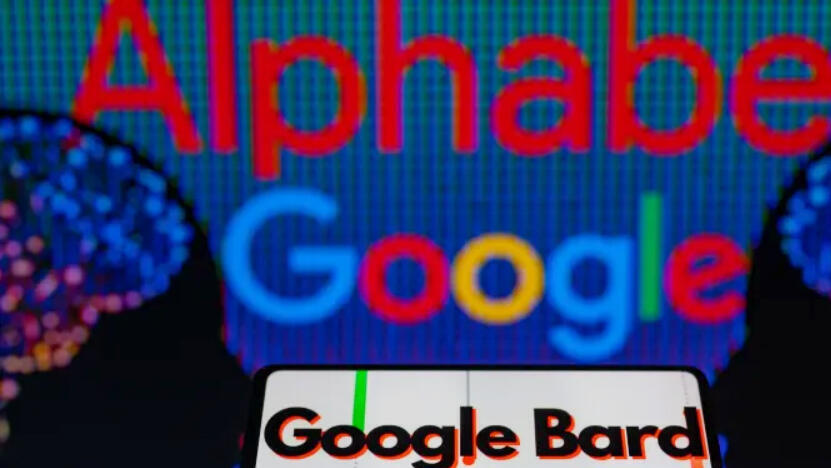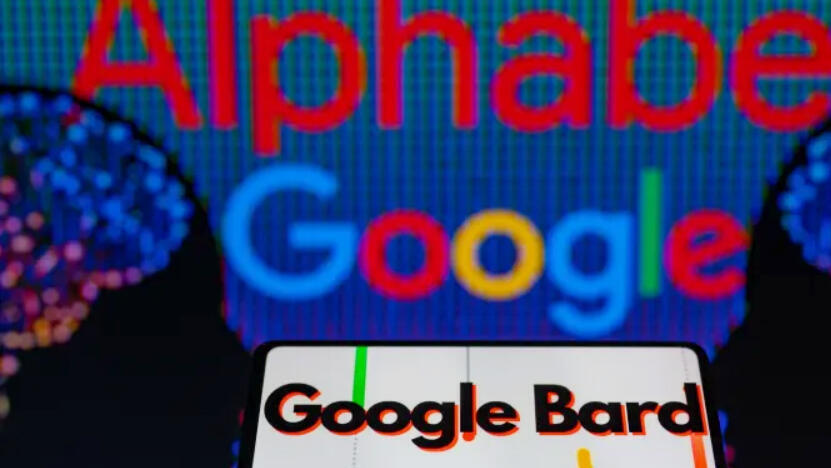
Google goes on the AI offensive with a new and improved Bard
Google has made its chatbot available in 180 countries with a slew of new features
Google has launched a new and improved Bard, its AI chatbot, and made it available to anyone in over 180 countries, after conducting trials for several weeks during which it was accused of lagging behind the competition. Bard’s re-launch is the next stage in the AI arms race between Google and OpenAI and Microsoft, as it unveils a series of new AI-based features and enhancements to its core products. While most of them are not yet available, Google is already promising to transform the online world as we know it.
"It's been a very busy year for AI," said Google CEO Sundar Pichai at the start of the company’s annual Google I/O developer conference last week, where the various announcements were made. "We are at an exciting inflection point. We have an opportunity to make AI even more helpful. We are redesigning all of our core products around AI."
OpenAI is considered the main pioneer in the field of generative AI, thanks to two prominent products: Dall-E and ChatGPT. However, Dall-E, at least its version that is available to the general public, is already considered out of date and weak compared to image generators like Midjourney that provide much more impressive results. And, when it comes to large language models, Google has been in the field for quite some time and has managed, at least internally, to provide very impressive results. How impressive? Last June, a Google engineer claimed that the company's large language model (LLM) LaMDA was developing consciousness, so impressed was he with its language capabilities.
Related articles:
LaMDA is the model powering Bard, and now everyone can see if it is actually intelligent or just putting on a really good show. As of last week, Bard is available to users in more than 180 countries in English as well as Korean and Japanese. Bard is soon expected to support a total of 40 languages, including Hebrew.
Although it ostensibly offers similar capabilities to those of ChatGPT, Bard has some clear advantages. Firstly, it is more accessible via a Google account which most people already have. Secondly, its database is updated on a daily basis, so it is able to provide relevant answers to topical questions. This is unlike ChatGPT which is based on data that stopped updating in 2021. The integration of ChatGPT with Bing offers similar capabilities, but they require the installation of the Edge browser, which currently has a market share of less than 5%, and adds another barrier to access. Although Bard does not introduce new capabilities, it is more accessible and up-to-date than the competition, and this will be the first opportunity for many to easily experiment with an advanced AI chatbot.
At the same time, Google announced some new capabilities for the chatbot, which will be integrated in the near future. Bard will be able to use Google Search to find relevant images according to a query. For example, in response to “what does the French Quarter in New Orleans look like?” Bard will be able to select images and incorporate them into its response. At the same time, Bard will be able to provide an answer to queries that include a picture, such as a request to give a funny caption to a picture of two dogs. For queries with a geographic context (for example, recommended college sites in a certain area), Bard will be able to display their location on a map. It would be possible to ask it to turn the answer configuration into a table and add different columns to it, and then export the result to a spreadsheet program. It will also be able to interface with various services such as Instacart or Adobe.
Generative AI capabilities will also be deeply integrated into Google's search engine, in the form of a textual response based on a conversational model that will appear at the top of the results of queries, alongside appropriate images and the possibility to expand the initial response, or receive references to experts or user experiences. When searching for a product (such as a mountain bike), a summary of important features that should be in the product will be displayed, along with recommended bikes and their prices, and finally an opportunity to ask a follow-up question. Choosing a follow-up question will send the user to a conversation mode, which works similarly to a conversation with ChatGPT but is able to incorporate current information from the web.
Google is expected to introduce generative AI capabilities for many of its products and services. For Gmail it will be possible to use a language model for the function ‘Help Me Write’ and to generate full emails according to short instructions. For example, if a notification was received from the airline about a flight cancellation, it would be possible to ask Gmail to write a response email requesting a full refund. The email that will be generated will include relevant details such as the flight data.
For Google Maps, Google is launching the option to view a planned travel route in ‘Immersive View,’ a mode that allows you to view almost the entire travel route from the vehicle's perspective, plus variables such as weather on the route. It will be launched by the end of the year in 15 major cities, including London, New York and Tokyo.
For Google Photos, AI can be used to edit the image, for example removing unwanted items such as a bag strap or clouds in the background, to change the position of people and objects in the image, or to completely cut them out. The feature will be launched later this year.
For its suite of office applications, Google introduced the ability to offer the user relevant prompts based on their activity, which can be fed into the AI model. So, for example, in the case of writing a story, you can activate the model that will scan the text and suggest possible prompts that can be entered into the model to complete the story, as well as enter a prompt freely.
Androids will also get some generative AI capabilities: Magic Compose will make it possible to modify messages formulated by a user according to different situations, such as giving the message a more cheerful tone. On the lock screen, Google makes use of AI capabilities to transform a normal image into background images with a 3D effect that corresponds to the angle at which the device is held. If you don't have a suitable image, it will be possible to create an AI-based image based on simple text instructions. The capabilities will be available later this year.
The generative AI revolution is only beginning, and the effort to make its capabilities accessible to the general public by integrating them into products and services used on a daily basis has barely started. Some critics have claimed that Google is lagging behind its competition in its capabilities. But the question is not whether Google's models are of lower quality than their competitors, but whether they are good enough to meet the needs of users and prevent them from switching to other services. And this is a question that Google will have no difficulty in providing an answer to.
